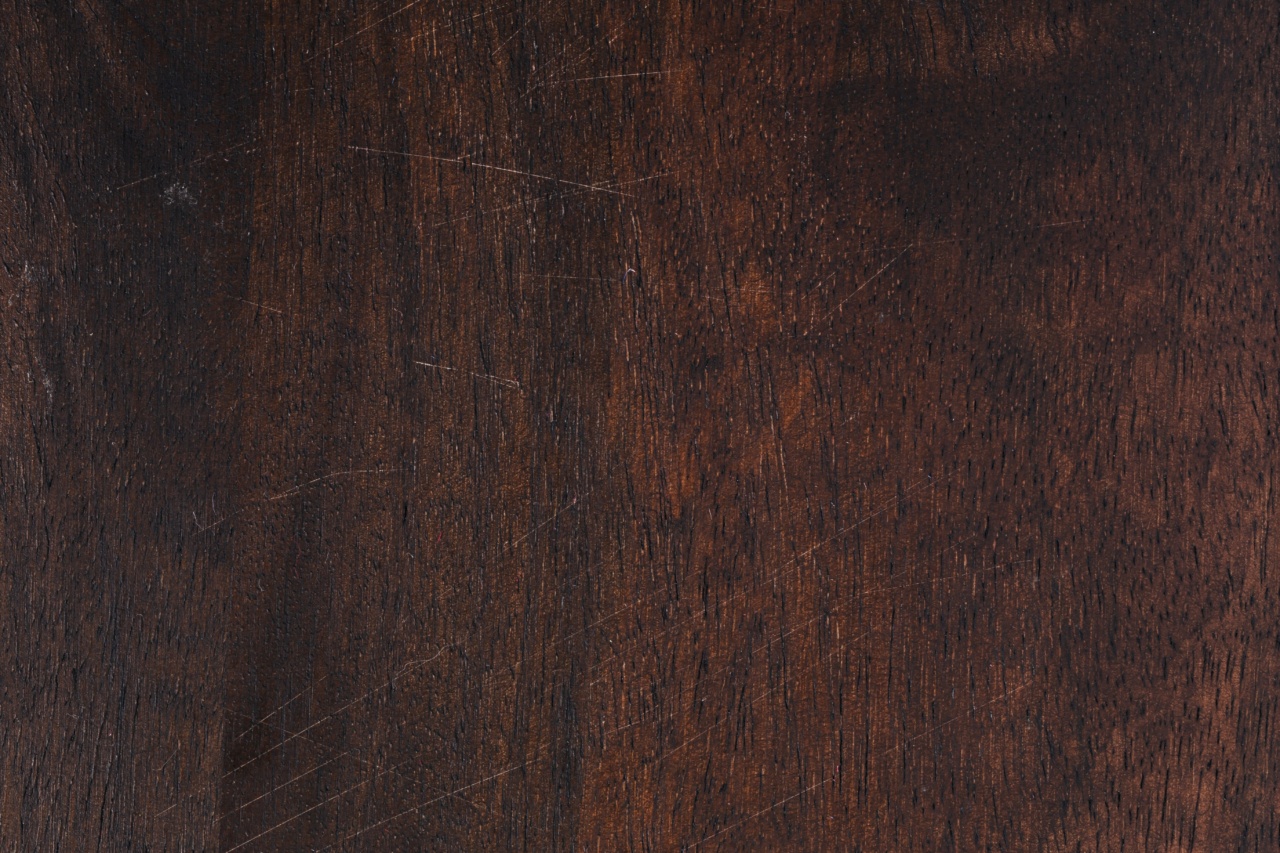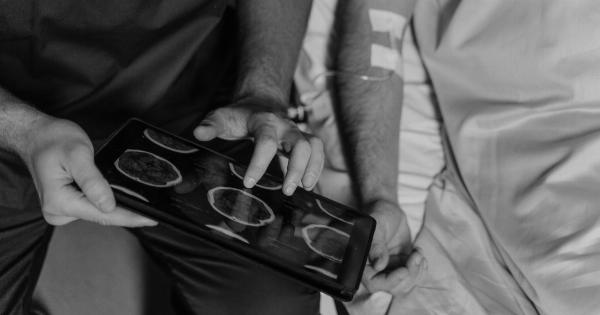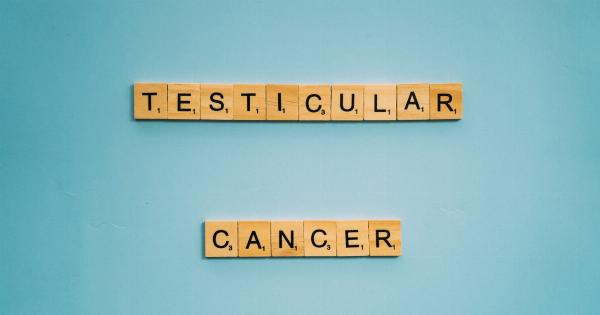Testicle pain can be a concerning issue for many men. It is important to understand that testicular pain can stem from various causes, including injuries.
Differentiating between different types of testicular injuries is crucial in order to determine the appropriate treatment options and ensure optimal recovery. This article aims to shed light on the different types of testicular injuries, their symptoms, and recommended treatments.
1. Testicular Trauma
Testicular trauma refers to any injury to the testicles caused by external force. This can occur due to sports-related accidents, falls, or direct hits to the groin area.
Symptoms of testicular trauma may include intense pain, swelling, bruising, and blood in the urine. In severe cases, there may also be a risk of testicular rupture, which requires immediate medical attention. Treatment for testicular trauma typically involves rest, pain management, and cold compresses to reduce swelling.
2. Testicular Torsion
Testicular torsion is a condition characterized by the twisting of the spermatic cord, leading to a disruption in blood flow to the testicles. This condition often causes sudden and severe testicular pain, accompanied by swelling and nausea.
Testicular torsion requires urgent medical intervention as it can result in permanent damage to the testicles if not promptly treated. Treatment usually involves manual detorsion or surgical intervention to restore blood flow and prevent complications.
3. Epididymitis
Epididymitis refers to the inflammation of the epididymis, a coiled tube located behind the testicles.
This condition can be caused by a bacterial or viral infection, leading to symptoms such as pain, swelling, redness, and a warm sensation in the scrotum. Additional symptoms may include fever and discharge from the urethra. Treatment for epididymitis involves antibiotics or antiviral medications, rest, and applying warm compresses to alleviate discomfort.
4. Orchitis
Orchitis is the inflammation of one or both testicles, often resulting from a viral or bacterial infection. This condition can cause testicular pain, swelling, tenderness, and fever.
Orchitis can occur as a complication of epididymitis, or as a result of infections such as mumps or sexually transmitted infections (STIs). Treatment involves addressing the underlying infection, managing pain, and using cold compresses to reduce swelling.
5. Varicocele
A varicocele is a condition characterized by the enlargement of the veins within the scrotum, similar to varicose veins. Although often harmless, varicoceles can cause testicular discomfort, pain, and swelling. It may also contribute to male infertility.
Treatment for varicoceles may involve supportive measures like wearing supportive underwear, pain management, or in some cases, surgical intervention.
6. Testicular Cancer
Testicular cancer is a relatively rare but serious condition that can lead to testicle pain. It typically presents as a painless lump or swelling in the testicles.
Other potential symptoms may include a feeling of heaviness in the scrotum, back pain, or enlargement of the breasts. Testicular cancer requires prompt medical attention and is often treated with surgery, chemotherapy, or radiation therapy.
7. Spermatocele
Spermatoceles are non-cancerous cysts that form within the testicles, usually containing fluid and sperm. These cysts are typically painless, but they can cause discomfort and heaviness in some cases.
Spermatoceles usually do not require treatment unless they cause significant discomfort or affect fertility.
8. Hydrocele
Hydroceles involve the accumulation of fluid within the scrotum, leading to swelling. They can be present at birth or develop later in life, often causing little to no pain. However, larger hydroceles may cause discomfort or a feeling of heaviness.
Treatment may be necessary if the hydrocele grows significantly or causes symptoms, and it may involve drainage or surgical removal of the fluid.
9. Inguinal Hernia
Inguinal hernias occur when a part of the intestines or abdominal tissue protrudes through a weak spot in the abdominal wall, near the inguinal canal. This can sometimes cause pain or discomfort in the testicles, especially during physical activity.
Treatment for inguinal hernias typically involves surgery to repair the weak area and prevent complications.
10. Kidney Stones
Kidney stones are hard deposits that form in the kidneys and can travel down the urinary tract. In some cases, kidney stones can cause referred pain in the testicles. Symptoms may include severe pain, blood in urine, and an increased urge to urinate.
Treatment for kidney stones depends on their size and location but can involve pain management, increased fluid intake, or in more severe cases, surgery or other medical procedures.
Conclusion
Testicle pain can arise from various injuries or underlying conditions. It is essential to differentiate between these different causes in order to provide appropriate treatment.
In many cases, prompt medical attention can help alleviate symptoms and prevent complications. However, testicular pain should never be ignored, and individuals experiencing such pain should consult a healthcare professional for an accurate diagnosis and personalized treatment plan.





























